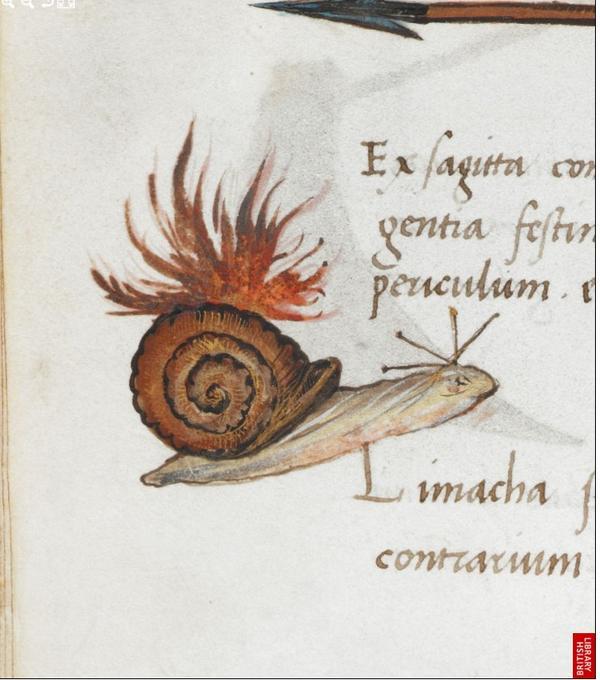

We seek to retell the story of our beginnings.This is the final paper I wrote for my Art History 107 class. Our open community is dedicated to digging into the origins of our species on planet earth, and question wherever the discoveries might take us. We’re the only Pop Archaeology site combining scientific research with out-of-the-box perspectives.īy bringing together top experts and authors, this archaeology website explores lost civilizations, examines sacred writings, tours ancient places, investigates ancient discoveries and questions mysterious happenings. The goal of Ancient Origins is to highlight recent archaeological discoveries, peer-reviewed academic research and evidence, as well as offering alternative viewpoints and explanations of science, archaeology, mythology, religion and history around the globe. And while some people may seem content with the story as it stands, our view is that there exist countless mysteries, scientific anomalies and surprising artifacts that have yet to be discovered and explained. Medievalist Lisa Spangenberg has theorized that the answer could lie in Psalm 58 which states: “let them be like a snail which melts away as it goes, Like a stillborn child of a woman, that they may not see the sun.”Īt Ancient Origins, we believe that one of the most important fields of knowledge we can pursue as human beings is our beginnings.


It appears that Comte de Bastard was the first to try to decipher the riddle back in 1850, when he linked depictions of the snail with the Biblical story of the Resurrection. Royal 10 IV E (aka the Smithfield Decretals) depicting the revenge of a snail against a medieval knight.

In Image on the Edge: The Margins of Medieval Art, Camille discusses the outlandish creatures that populate the pages of medieval illuminated manuscripts to try to grasp this particularly subversive art form and even took a stab at summarizing some of the explanations proposed for why they depicted embattled snails.ĭetail from from MS. So enticed by the luscious images on the margins of medieval manuscripts, Michael Camille even wrote a book about them. This hasn’t stopped people from trying to unravel the snail vs knight enigma, and there have been a few hypotheses thrown out by academia past and present. While animals in general were often seen as synonymous for certain morals or characteristics, the scene of a diminutive snail battling it out with a medieval knight, and often having the upper hand to boot, remains a mystery. Like a modern-day meme however, the artists didn’t leave behind any kind of explanation for their doodles and so historians are unsure as to what exactly these farcical illustrations actually mean. The margins were the spaces where artists could have a little fun, providing comic relief and artistic critique of everyday life. While the text is emblazoned with ornate painted initials, the borders are regularly festooned with marginalia, be it scribbles, doodles or decorative drolleries, images which became popular additions to illuminated manuscripts between the 13th and 15th century.īattle between a knight and a snail as depicted in the margins of Gorleston Psalter. Illuminated manuscripts are handwritten books, decorated with stunning painted illustrations and often embellished with gold and silver. Nevertheless, as someone with a bizarre phobia of the slimy creatures, it makes perfect sense to me. Of all the villains in the world, these may not have been the first to come to mind. The next time you’re looking through an illuminated manuscript, keep an eye out for images of medieval knights fighting off snails.


 0 kommentar(er)
0 kommentar(er)
